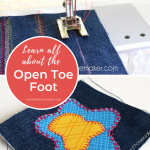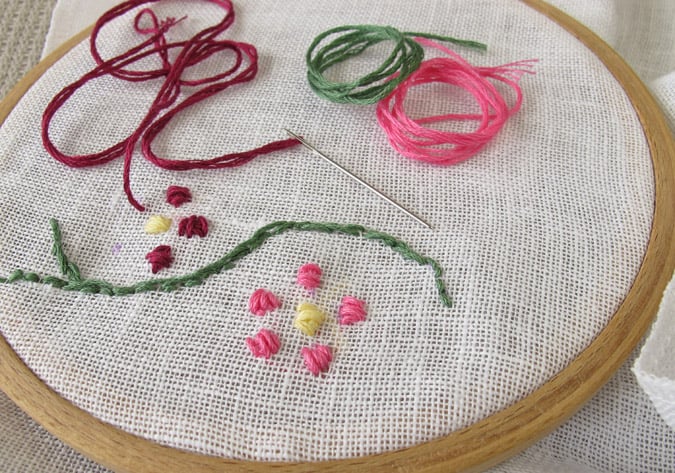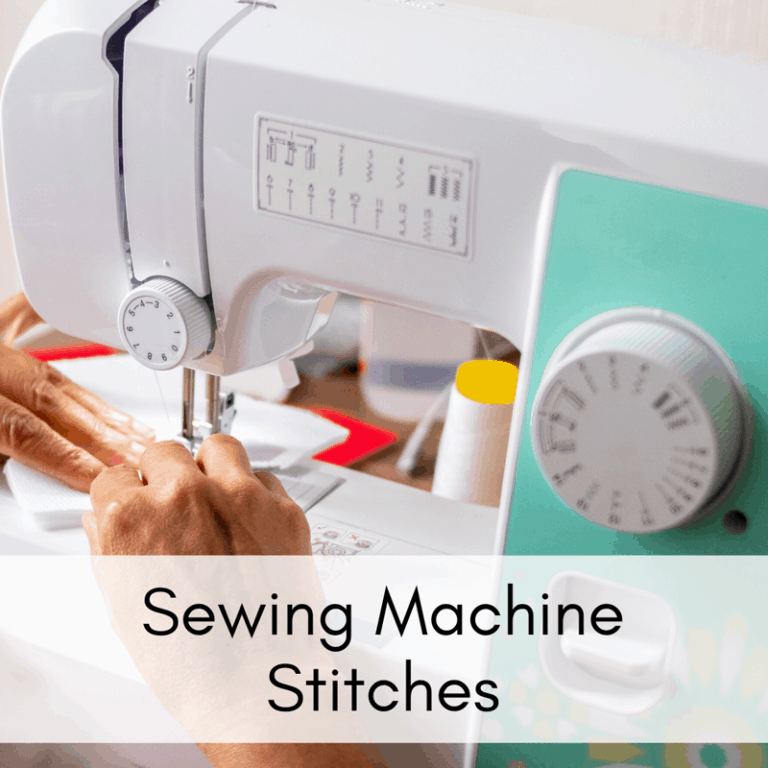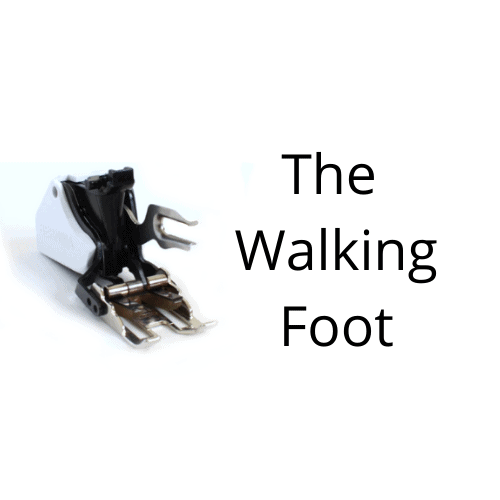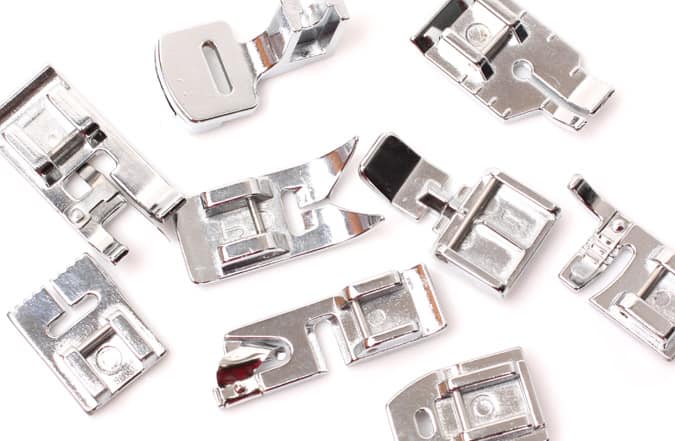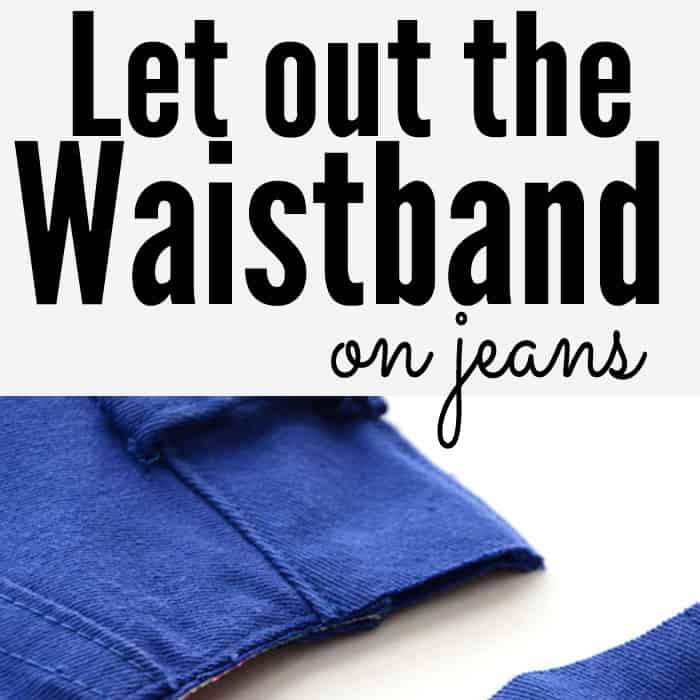How to Use the Satin Stitch or Open Toe Foot
This post may contain affiliate links which won’t change your price but will share a commission.
Inside: How to Use the Satin Stitch or Open Toe Foot
Get out your sewing machine manual because today I’m highlighting another sewing machine foot, as in the Satin Stitch or Open-Toe Foot. The Open Toe Foot is the best choice for those unused decorative stitches that came with your machine.
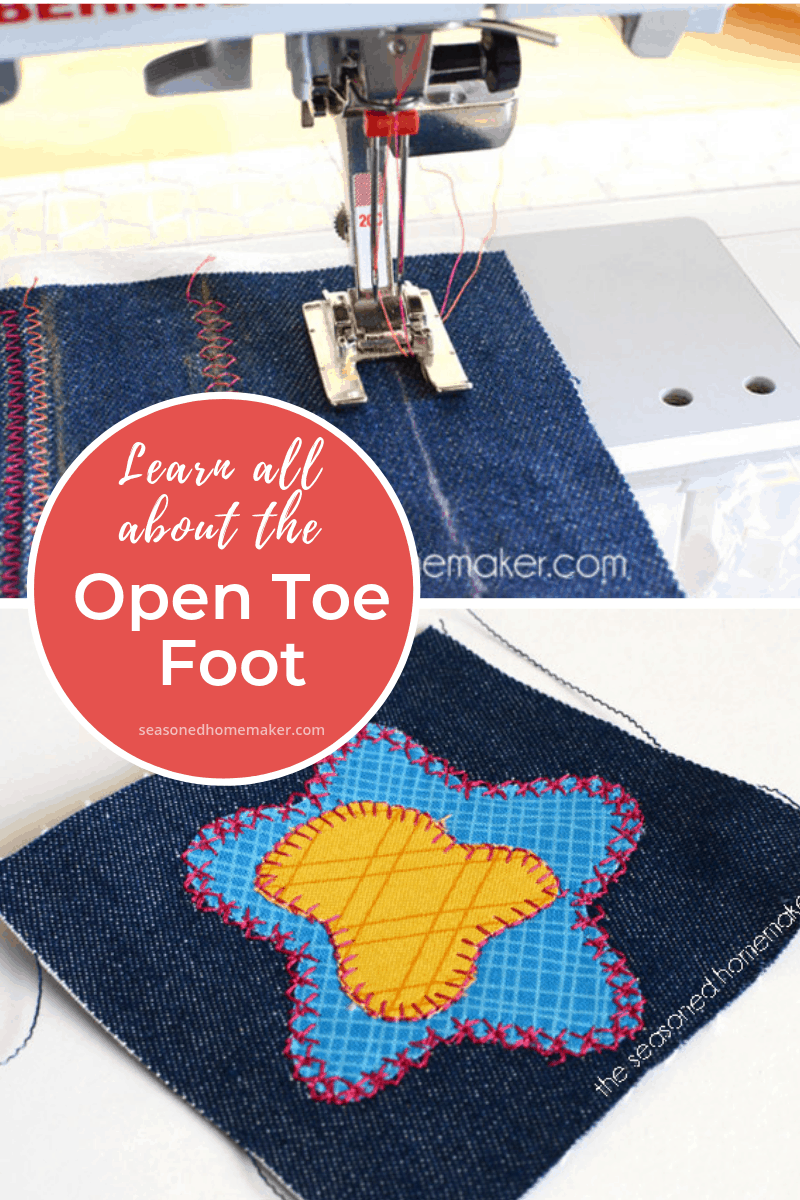
With an Open Toe Foot you are only limited by your own creativity ~ applique, embroidery, hemstitching, satin stitching, heirloom stitching, and twin-needle stitching. I’ve even seen this foot used for smocking.
What makes this foot so unique is the wide opening which allows complete visibility. It also has shorter toes which makes it easier to go around curves ~ which can be very useful if you are satin stitching.
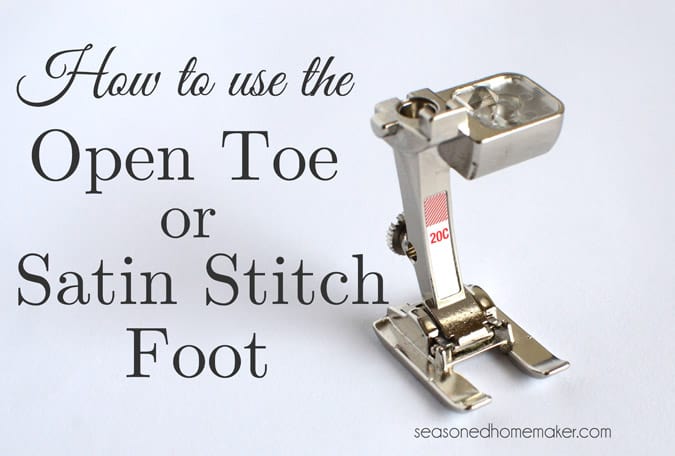
Another feature of the Open Toe Foot is the indention on the underside.
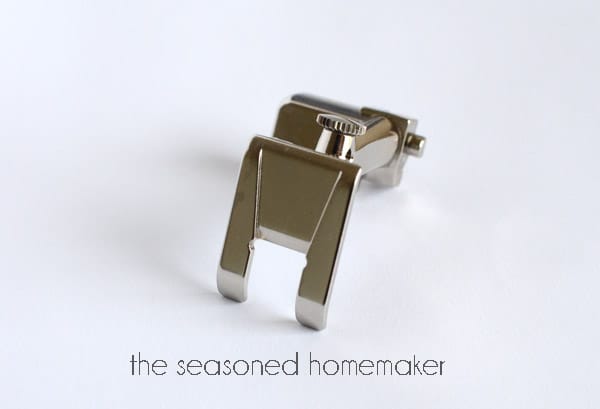
The wedge shape indention on the underside of the foot will keep the foot from dragging over heavy stitching, such as satin stitching.
Notice how easy it is to see exactly where you are stitching, especially on something like this with lots and lots of curves. The wedge shape on the underside of the foot makes this type of satin stitching a breeze because it allows for easy turning.
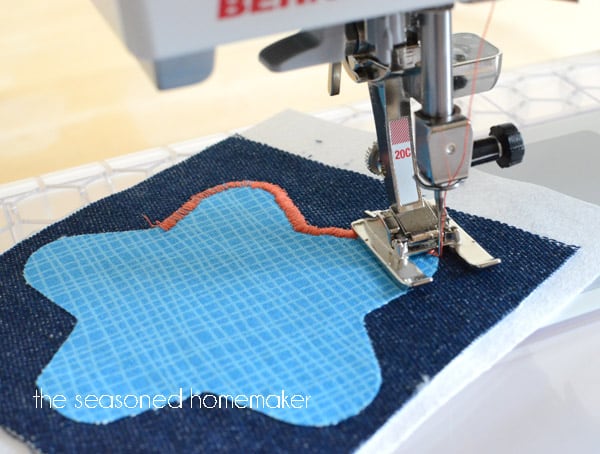
The Open Toe Foot becomes invaluable when sewing with decorative stitches, especially in applique. When attaching an applique it is necessary to see where your needle is at all times and the open toe foot allows for this. When the applique has lots of curves, the Open Toe Foot is at its best.
Think about all of the possibilities using decorative stitches and decorative threads. It’s endless.
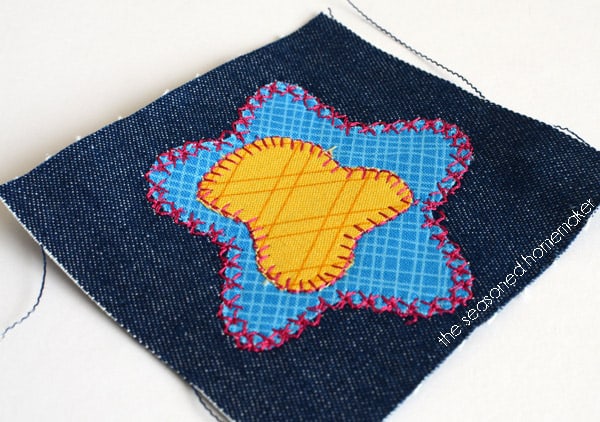
A lot of sewing techniques call for specialty needles such as a twin needle or a wing needle. Sewing with specialty needles sometimes means you are stitching on a fixed line. The Open Toe Foot allows you to see exactly where your specialty needle is at all times.
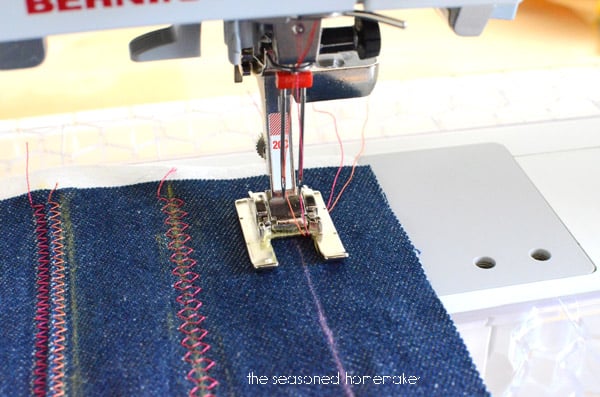
Years ago (like the 80’s) before machine embroidery was available for home use, sewists had to be creative and attach applique’s using satin stitching or decorative stitching. This foot was vital for these applications. While perfect satin stitching can take a bit of practice, a twin needle, an Open Toe Foot, and a zigzag stitch can create some amazing embellishments.
Don’t be afraid to try this foot out. For most machines, the foot can be purchased for less than $20. That’s a small price to pay for unlimited creative possibilities. Check here for an Open Toe Foot that will fit your machine. (affiliate)


